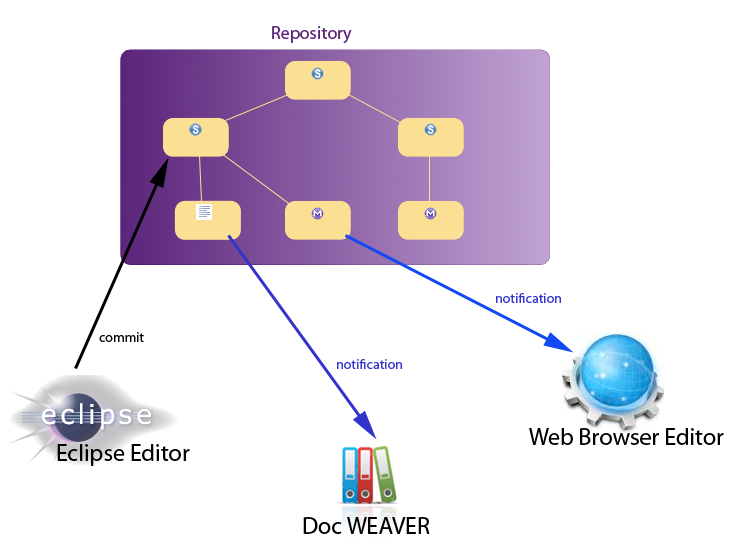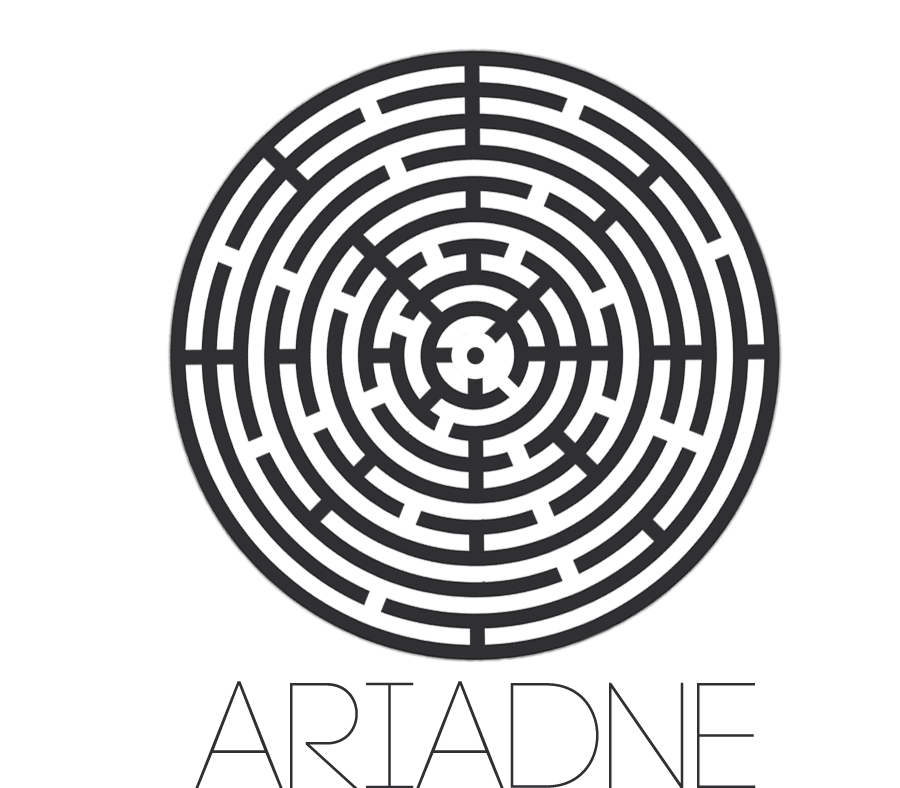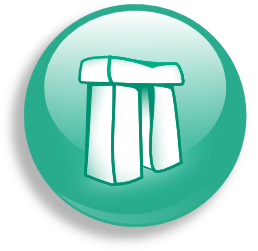- A documentation environment
- synchronized with development artifacts
- customizable for your development processes
EclipseCon Europe 2012
 in a Nutshell
in a Nutshell
- Parf of Mylyn docs
- In incubation phase
- Parf of Release train since Juno

1. Documentation Sucks
Why does Documentation Suck?
1. Because most of the time it does not exist/contain the infos you need
Why does Documentation Suck?
1. Because most of the time it does not exist/contain the infos you need
Why does nobody write doc?

"Working software over comprehensive documentation"
Agile Manifesto
Don't be short-sighted: Enable your next effort
Why does Documentation Suck?
1. Because most of the time it does not contain what you are looking for.
2. Because most of the time it's outdated -> no one trusts it anymore
Why does Documentation Suck?
1. Because most of the time it does not contain what you are looking for.
2. Because most of the time it's outdated -> no one trusts it anymore
Why is Documentation outdated?

Because keeping your doc synchronized is a burden
That's exactly what Intent is about
2. Synchronize your Doc with Intent
What do we want ?
A mechanism to link documentation parts with technical
artifacts (Java code, models, plug-in dependencies...)
One Intent Document mixing both
the *Target Architecture*. System actors/users are those users who
*interact with a system*. They can be human or a system/computer.
Section Computer Actors {
Whenever changes occur on the Travel Agency database, it verify all consistency constraints defined on the system.
type = ActorType.Computer;
Section Process Steps mapped to Actors {
which helps achieving the _Manage the data integrity_ Business Objective.
followObjectives += dataIntegrityObjective;
One Intent Document mixing both
the *Target Architecture*. System actors/users are those users who
*interact with a system*. They can be human or a system/computer.
Section Computer Actors {
Whenever changes occur on the Travel Agency database, it verify all consistency constraints defined on the system.
type = ActorType.Computer;
Section Process Steps mapped to Actors {
which helps achieving the _Manage the data integrity_ Business Objective.
followObjectives += dataIntegrityObjective;
One Intent Document mixing both
the *Target Architecture*. System actors/users are those users who
*interact with a system*. They can be human or a system/computer.
SectionComputer Actors{
Whenever changes occur on the Travel Agency database, it verify all consistency constraints defined on the system.
type = ActorType.Computer;
Section Process Steps mapped to Actors {
which helps achieving the _Manage the data integrity_ Business Objective.
followObjectives += dataIntegrityObjective;
One Intent Document mixing both
the *Target Architecture*. System actors/users are those users who
*interact with a system*. They can be human or a system/computer.
SectionComputer Actors{
Whenever changes occur on the Travel Agency database, it verify all consistency constraints defined on the system.
type = ActorType.Computer;
Section Process Steps mapped to Actors {
which helps achieving the _Manage the data integrity_ Business Objective.
followObjectives += dataIntegrityObjective;
One Intent Document mixing both
the *Target Architecture*. System actors/users are those users who
*interact with a system*. They can be human or a system/computer.
SectionComputer Actors{
Whenever changes occur on the Travel Agency database, it verify all consistency constraints defined on the system.
type = ActorType.Computer;
Section Process Steps mapped to Actors {
which helps achieving the _Manage the data integrity_ Business Objective.
followObjectives += dataIntegrityObjective;
3. Intent in Action
Intent applied to Enterprise Architecture

- based on the TOGAF methodology

-EA models contain business-critical informations
- Many Documents to store the intents behind EA models
See Demo: how can Intent help documenting EA models
4. Documentation sharing sucks
Intent: behind the Scene

Intent: share your doc in real-time
5. To code synchronization and beyond

Intent Synchronizer
Compares Doc (Model Fragments) with Artifacts (as Models)
Intent Synchronizer
Compares Doc (Model Fragments) with Artifacts (as Models)
Synchronization Bridge
Represent a technical artifact (Java class, plugin.xml...) as a Model
Ariadne: leverage the data of your IDE

- Extracts Technical Artifacts (Java code, GIT commits, bugzilla issues, plugin dependencies...) as Models
- Allows to formalize constraints (automate guidelines checking)
The 3 things to remember about Intent
1. Intent keeps your doc up-to-date with concrete world
2. Intent allows you to check constraints
3. Intent allows real-time collaboration around Doc
Thank You!
 http://www.eclipse.org/intent
http://www.eclipse.org/intent
 http://wiki.eclipse.org/Intent
http://wiki.eclipse.org/Intent
 @Intent_project
@Intent_project
Don't forget to give Feedback

Questions asked during the talk
- Ok, I understood that the Synchronization Bridge mechanism allows to synchronize technical artifacts.
What are the current Synchronization Bridges? Can I synchronize Java code?
> No, not right now. However, we plan to integrate Intent with Ariadne for the Kepler release, and that will allows us to synchronize Java files, Manifests, Mylyn tasks, Git repositories... - The Model Fragments syntax of Intent is far too complex for an end-user, could you hide them?
> Yes, that is one of the things I have in mind. As Intent provides tooling for linking a piece of doc with a technical artifact (Drag'n'Drop) and to fix synchronization issues (quick-fixes), you never have to edit those Model Fragements manually.
Consequently, we could provide a simplified Intent editor which hides Model Fragments. Then you will just have a pure documentation, that is linked with technical artifacts behind the scene.